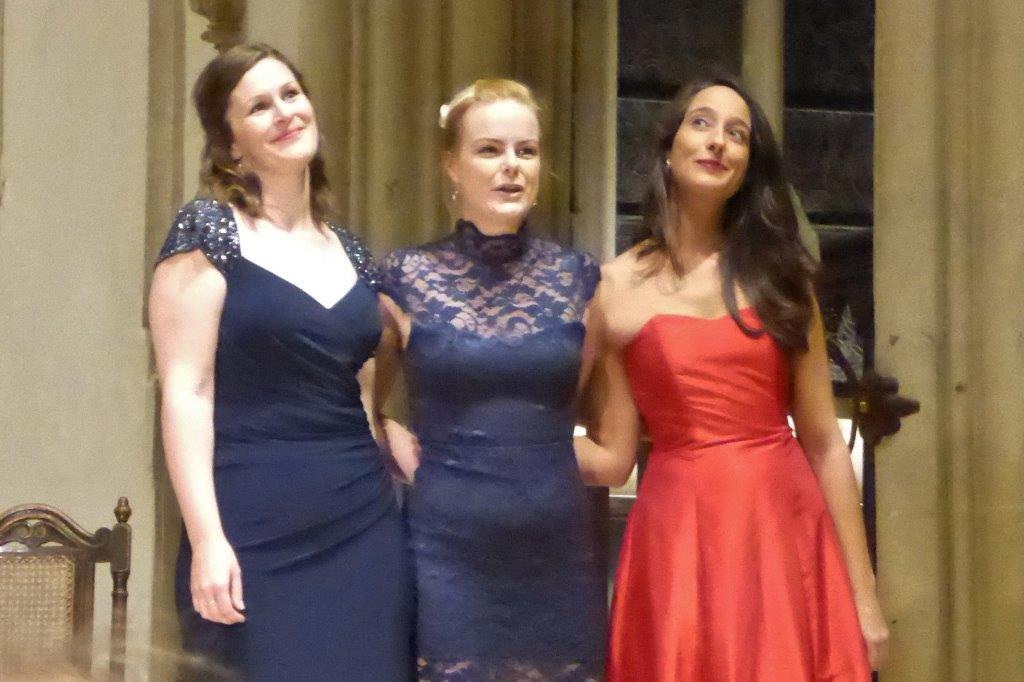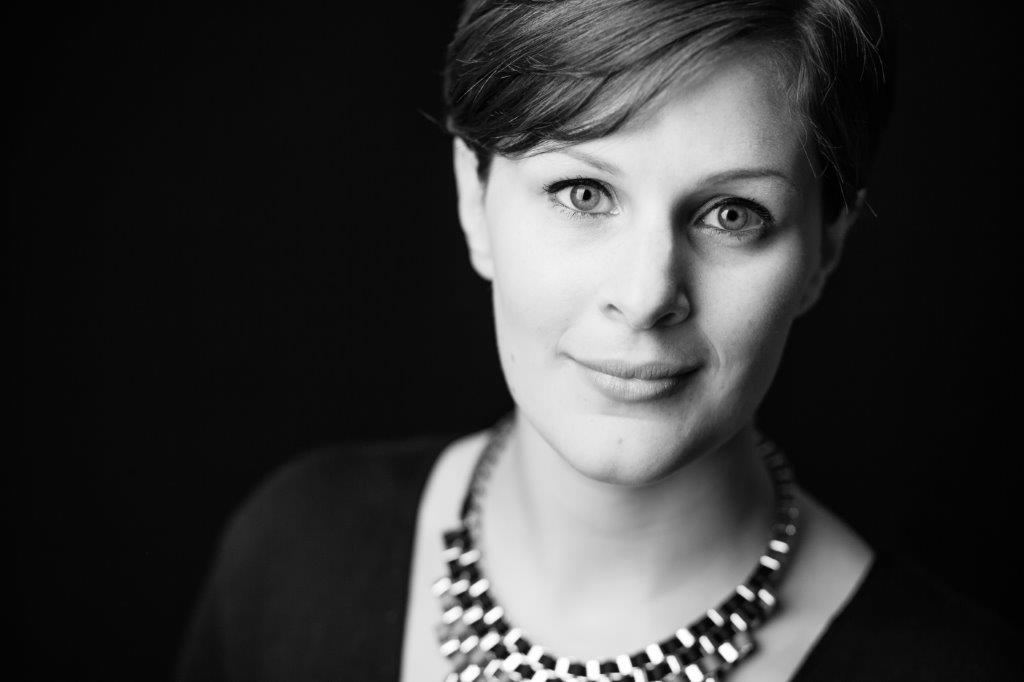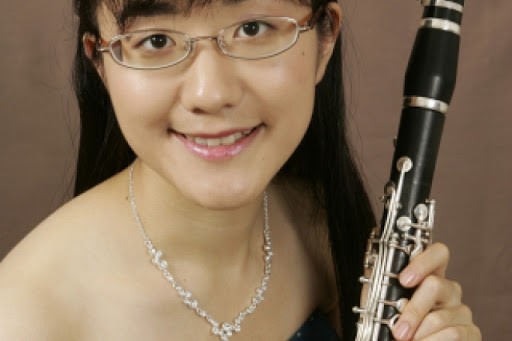OSJ Young Artists
OSJ is committed to supporting young musicians and nurturing their talent: our Young Artists scheme provides the opportunity for young musicians to flourish as soloists or conductors in the early stages of their careers, irrespective of background. John Lubbock personally selects and invites up to 30 young musicians per year from music colleges.

Hannah Davey, soprano
I have been lucky enough to be involved with the OSJ young performers’ scheme and in that time have gained invaluable experience and support. John Lubbock and the players of the Orchestra of St John’s are all musicians of the highest calibre yet also extremely warm and welcoming, a combination which allowed me to grow in confidence both musically and personally. Within my time in the young performers’ scheme I have performed a wide range of repertoire including Mozart Requiem, Bach arias with Sir James Galway and Schubert Der Hirt auf dem Felsen with fellow young performer Anna Hashimoto. The friendships and professional contacts I have made are something I will take with me into my career.

Anna Hashimoto, clarinet
Thanks to John and the OSJ, I have had the great opportunity to perform at St John’s Smith Square and other venues across the UK as a soloist. It has also been a joy to collaborate with other soloists, both in concerto settings and in chamber music recitals, as well as outreach work as part of ‘Music for Autism’ and also playing as part of the orchestra. There is no better way to learn than by performance, and I’m sure this scheme will benefit many young performers!

Jo Cole, Head of Strings, Royal Academy of Music
Recent concerts at the Ashmolean museum confirmed the valuable partnership between the Orchestra of St John’s and the Royal Academy of Music.
The students were first year undergraduate string students, and their collaboration with players from OSJ was immediately rewarding in terms of the performance results, but also an educational tour de force. Liaising directly with professional players at this early stage of study is unique. Other ‘side by side’ arrangements between professional orchestras and conservatoire students are generally in the format of bridging the immediate gap imminently graduating students face to cross into the profession, after substantial periods of study within the conservatoire’s walls.
It is hugely developmental for such young players – as are involved in the coming plans for OSJ and the RAM – to experience the speed of working, the light-touch guidance, the camaraderie, the informality, the mutual support but – crucially – the uncompromising standards whatever the challenges. As one of the students said to me outside the museum after one performance, ‘I can’t believe that this time last year I was doing my A levels and now I am playing alongside professionals – for real.’ On the orchestra’s part, one of the players said ‘I didn’t expect them to be such wonderful players to work with’.
For the Academy, reality is a key ingredient. The students will be faced with the expectation that they must raise their game and be as indistinguishable as possible from their professional colleagues.
That there is an orchestra of the calibre of OSJ willing to take the risk of sharing its privileged platform with raw talent under development is inspiring and gratifying.






